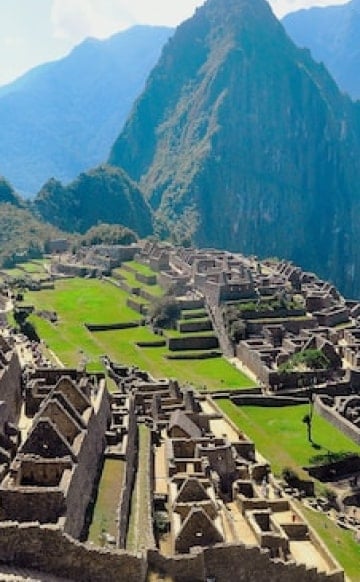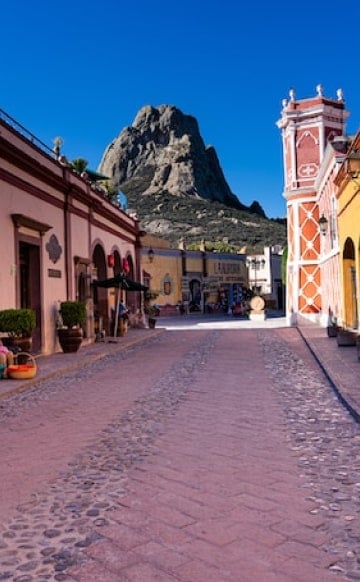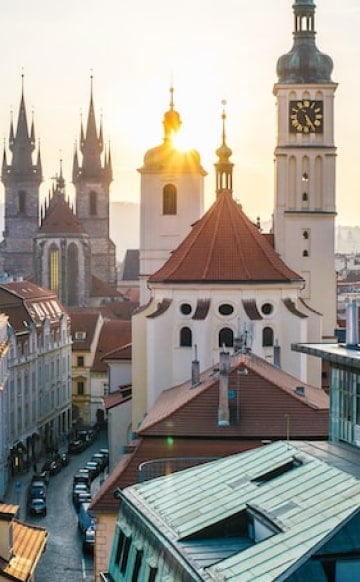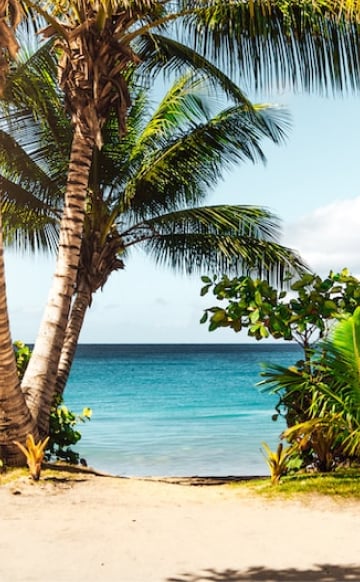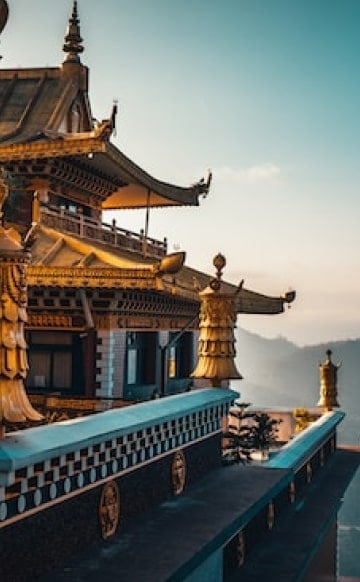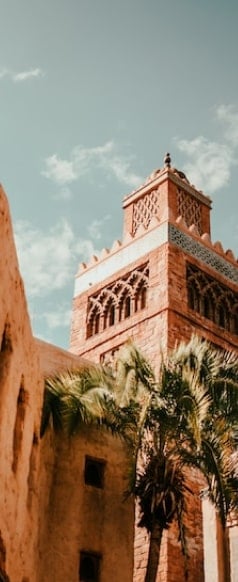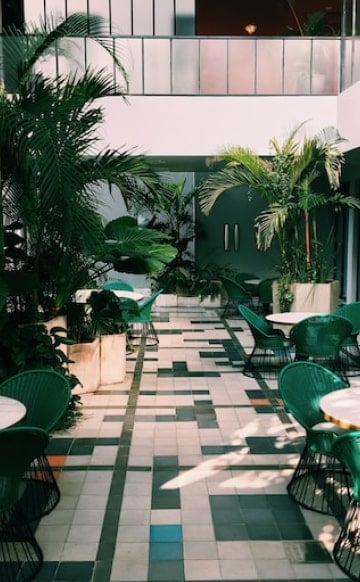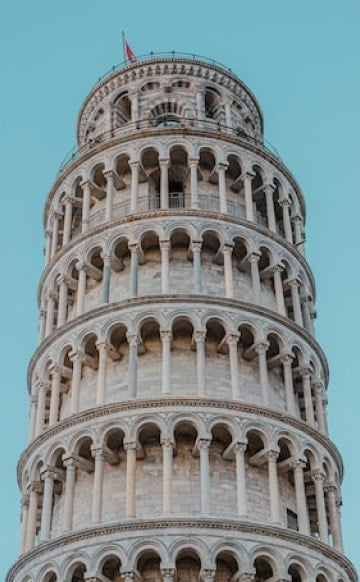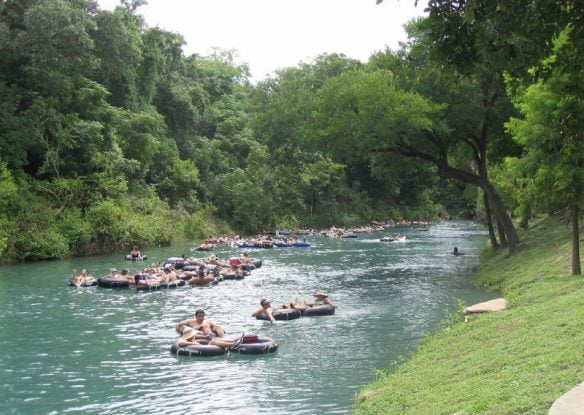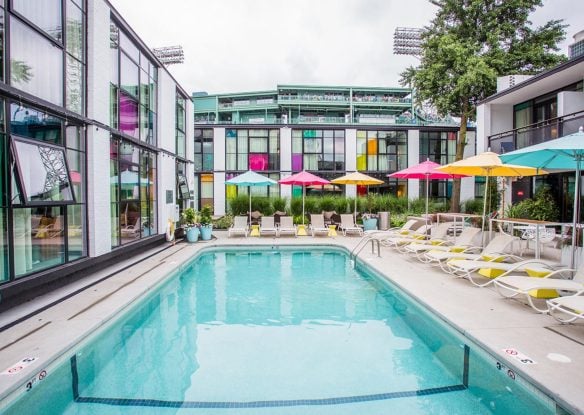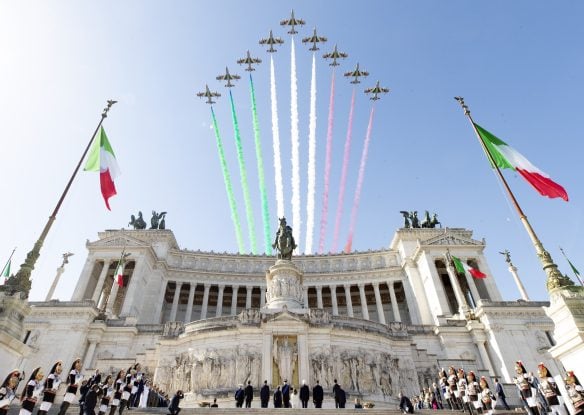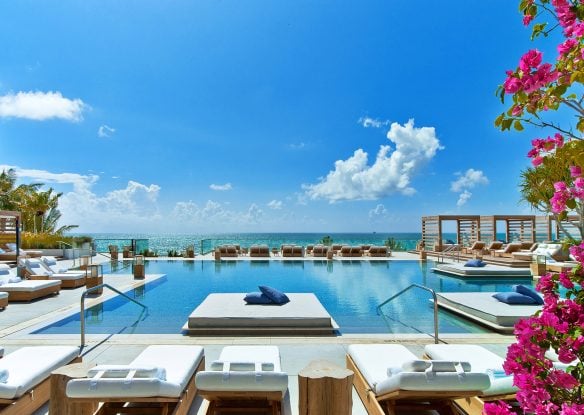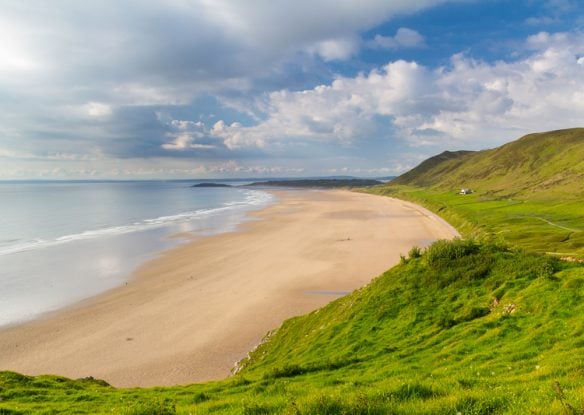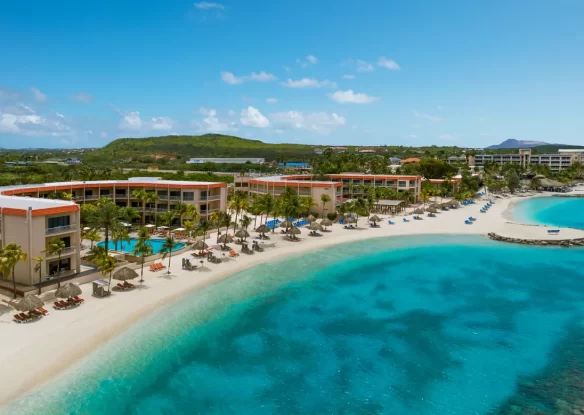While they were originally built to protect residents from invaders, walled towns now offer an enchanting sight while revealing a glimpse of history. For centuries, they were critical for defensive purposes, with many constructed from the 12th-century onward in Europe, including the country known as Croatia today. In fact, you’ll find many fabulous walled towns here – many have centuries-old, fully intact walls, while others feature beautifully preserved remains.

Dubrovnik
A top destination in Croatia and UNESCO World Heritage Site, Dubrovnik’s Old City is famously enclosed by 6,365-foot-long medieval defensive walls. In fact, visitors can even take a walk atop them to enjoy a dazzling view of the island-dotted Adriatic on one side and the red-tiled roofs of the historic center on the other. Inside you’ll discover all sorts of historic charms along the glistening marble streets, from Baroque palaces to one of the oldest pharmacies in Europe, founded in the early 14th century as an in-house pharmacy for Franciscan friars. If you want a breathtaking view from above, ride the cable car to the top of Mount Srd.

Motovun
When Motovun comes into view, you might think you’re in a dream. One of the most beautiful hilltop towns in the world, this magnificent walled destination on the Istrian Peninsula is surrounded by landscape reminiscent of Tuscany and not only is it incredibly scenic, but it’s also famous for its abundance of truffles that can be found in the forest at its base. The shops in town sell lots of truffle products, from truffle olive oils to balsamic vinegar, while restaurants serve many creative dishes that showcase them. If you’re interested in finding out more about truffles, you can even join a truffle hunting excursion, heading out with the experts and their trained dogs.

Korcula
Said to be the birthplace of Marco Polo, Korcula is a fairytale-like town in Croatia with a fortified Old Town that’s often called a “mini-Dubrovnik” with its towers, ramparts, medieval squares and palaces that date back to the 13th century. It’s a wonderful place just to get “lost” in, with narrow alleyways that house hidden cafes along with small family-owned art galleries and boutiques. You’ll notice lots of Venetian influence throughout, including the Winged Lion of St. Mark on Korcula Square.

Groznjan
Another stunning walled hilltop village, Groznjan is famous for its art and music, located just a 20-minute drive northwest of Motovun. Enter the fortified walls and you’ll immediately be greeted by an awe-inspiring 16th-century building with arches and columns that today, is used to showcase primarily Croatian works of art. A relic from the Venetian era that has managed to survive the region’s turbulent history, it’s been a court, prison and a granary. Take a short walk around the city walls and you’ll enjoy beautiful views of the countryside and truffle-filled forest. If you’re visiting during summer, plan to go early in the morning or at sunset after the day-trippers are gone.

Trogir
Medieval Trogir lies on a small island connected to the mainland by bridge, just 30 minutes from Split. The historic core is surrounded by 15th-century walls, and inside, the enticing cobbled streets are lined with Baroque, Renaissance, Gothic and Romanesque structures while bringing gorgeous views of impeccably preserved Kamerlengo castle/fortress. The castle was built in the mid-15th century and today it’s used as a venue for performances during the summer months. The grandest building here is the church of St. Lawerence, Croatia’s most significant work of the Romanesque-Gothic style.

Krk City
Connected to the mainland by bridge, Krk is the most populated of the Croatian islands and has been inhabited since Neolithic times. The walls that surround Krk City are the third-largest in the country, and while much of the all was built by the Venetians between the 12th and 15th centuries, some sections are over two thousand years old. An inscription from the 1st century BC mentioned their restoration. History buffs who visit can also marvel at the 13th century Frankopan castle, the 16th century City Hall and the Romanesque Krk Cathedral, built around the 6th century although archeological evidence has suggested that the site was used by Christians as early as the 4th century.

Split
Sections of the defensive walls from the 4th century Emperor Diocletian’s Palace in Split still survive to this day, including long stretches of the fortified Roman walls and three gates. Walking the centuries-old streets is like taking a walk back through time, with influences by the Greeks, Romans and Venetians that can be seen in the spectacular historic buildings and monuments like the Cathedral of Saint Dominus, one of the oldest Catholic cathedrals in the world, built in 305 AD. If you duck through the Brass Gate from the Riva promenade, you’ll reach the palace cellars. Open to the public, this was a filming site in “Game of Thrones,” the very spot where Daenerys trained her dragons.

Rovinj
The village of Rovinj sits along the west coast of Istria. From the late 13th to the late 18th century, it was one of the region’s most important towns under Venetian rule. It was fortified during this period with two rows of walls and seven gates – three still remain today: the Saint Benedict Gate, the Portico and the Holy Cross Gate. A baroque archway now serves as its entrance, constructed in the 17th century on the site of the former outer gate. Inside is the captivating Old Town where cobblestone streets are filled with unique shops, art galleries, bars and eateries, all overlooked by the steeple of the hilltop church of St Euphemia.

Porec
Porec is a picturesque city with a UNESCO-listed basilica and impressive Baroque, Gothic and Romanesque buildings. The 6th-century Euphrasian Basilica is its major landmark and most important historic site, but you’ll also see remains of the town walls. Part of the walls which stretch from the Pentagonal Tower to the North Defense Tower of Peškera has been partly preserved, originating from the age of Antiquity although modifications reconstructions were periodically carried out between the 12th and 16th centuries, done on existing foundations. With the threats of invading Turks in the 15th century, there was a focus on the erection of defense towers, which have been well preserved to date.

Sibenik
Visit this beautiful 1,000-year-old city, a UNESCO-protected site and you’ll be able to marvel at many grand stone palaces and the most important Renaissance monument in the nation, St. James Cathedral with its dome and triple-nave basilica with three apses. Hike up to St. Anne’s Fortress and you’ll get an incredible view of it all, including the sea and the remains of Sibenik’s walls. The Old City was enclosed within the medieval walls, which led to St. Michael’s Fortress. While the oldest parts of the fortress date back to the 13th century, most of the structure and the walls were built in the 15th and 16th centuries.

Ston
Ston is a small fishing village that lies on the cape of land that links the Peljesac Peninsula to the mainland, home to defensive walls that are some of the most famous on Earth. Construction of the Walls of Ston, which once stretched for 4.3 miles, began in 1358 and today, the fortification system is one of the longest and most well-preserved in the world. There were five fortresses and 40 towers along the walls and while some parts were demolished in the 19th century by Austro-Hungarian, most still stand and even managed to remain intact through the devastating 1996 earthquake.

Novigrad
Novigrad lies on a small peninsula along Istria’s western coast just north of the river Mirna, a short drive south of Slovenia. This small town has retained its original medieval layout, complete with narrow winding streets and fortifications. Its town wall still stands today, with two round towers and battlements. One can also see architecture from the time it was under Venetian rule, like the town loggia and a number of homes built in Venetian Gothic style.

Zadar
Zadar’s Old Town is particularly intriguing, surrounded by 16th-century defensive walls while filled with iconic sights like Zadar Cathedral, the largest cathedral in the country, and the Roman forum which dates to the 1st-century BC. The historic center of this 3,000-year-old walled city is UNESCO-protected and features a wide range of medieval structures and Roman ruins along with world-class museums and lively cafes.

Nin
The small village of Nin has a rich history along with numerous archaeological sites. The oldest Croatian royal city, its historical center is located on a tiny islet in a lagoon along the eastern shores of the Adriatic, linked with the mainland by two 16th-century stone bridges. It was developed 3,000 years ago though the area was settled long before. The settlement was surrounded by walls, with its remains still visible today.

